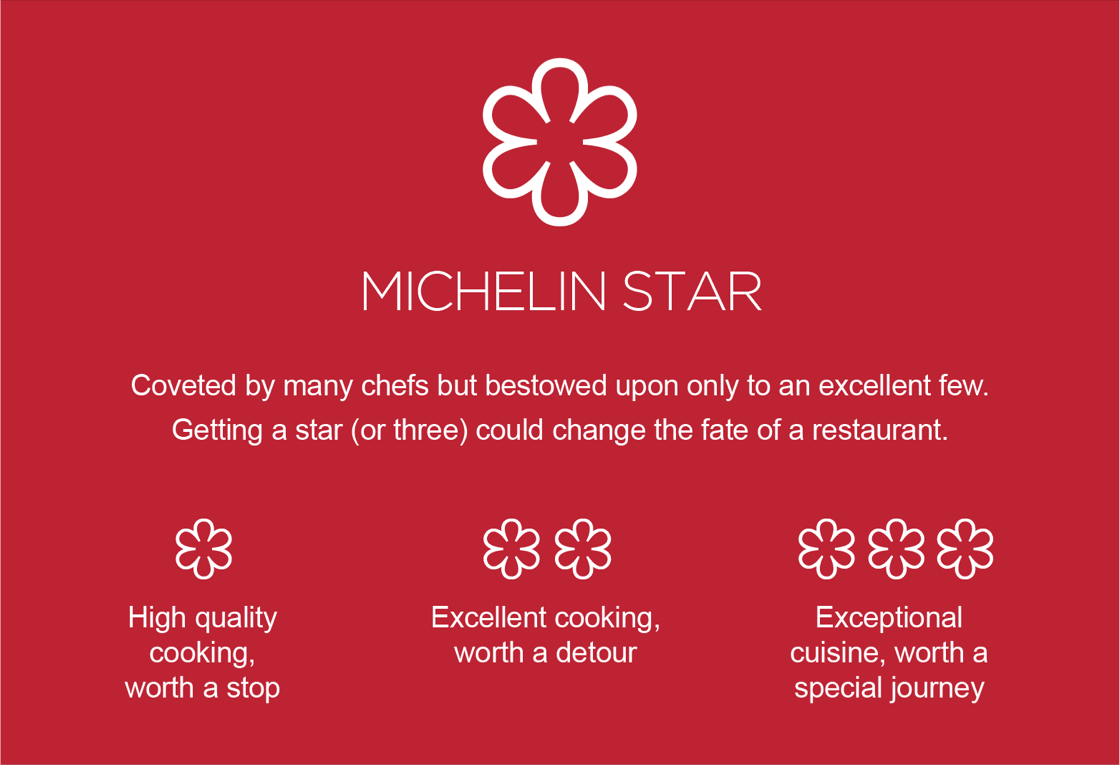Seems like a reasonable investment to me, to be honest.
In July 2024, the Michelin Guide, the international dining guide run by the French tire company Michelin, announced that it had finally made its Lone Star State debut. Many speculated that the guide’s arrival in Texas — to five cities, no less — would come at a hefty cost. And lo, behold: it did.
Houston First, the city’s tourism department, revealed that it is paying $90,000 per year for three years — meaning the city will invest a whopping $270,000 to have the Michelin Guide here in Houston. Holly Clapham-Rosenow, Houston First’s chief marketing officer, says the city redirected some of its budget from various departments to the guide, which is standard for opportunities that come about during the year or when business strategies shift. “Budgets have some fluidity if the right opportunities come about, and opportunities like Michelin, Top Chef, and James Beard — we’re going to jump on them,” she says, adding that the investment seemed worth it considering the culinary scene is one of Houston’s biggest traveler draws.
According to Houston First’s 2023 Strategic and Budget Summary, money spent on food and beverage accounts for around 32 percent of the money spent during day trips to Houston and 24 percent of the money spent during overnight trips — the highest cost behind lodging. The tourism department itself budgeted $15.7 million, or 17 percent of its annual total budget in 2022, for the city’s dining scene. “From our perception, our culinary scene and cultural diversity are leaders and have been. We refer to ourselves as the culinary and cultural capital of America,” Clapham-Rosenow says. “Our diversity comes with great flavors that are reflected in many different areas, and it’s truly a reflection of our city’s DNA as a destination.”
Clapham-Rosenow says that while Houston’s tourism department worked closely with other Texas cities, including Austin, Dallas, Fort Worth, and San Antonio, on the Michelin initiative, the department is not privy to how Michelin uses funds from state or city tourism boards, or how many Michelin inspectors will be venturing to Houston’s restaurants for research. “But I could only imagine a city like Houston, with more than 11,000 restaurants, they’d need to hire enough inspectors to do an adequate sweep,” she says.
[…]
For now, Clapham-Rosenow calls the Michelin partnership a perfect match. “It’s a global culinary brand in a global culinary city. It really strengthens Houston’s reputation as a culinary capital,” she says. Though some chefs have communicated concerns about how the guide’s presence might influence the scene, most have been excited about Houston getting its stars, she says. Some chefs have noted that it could help them recruit young talent to the Houston area, while others say reservations at their restaurants have already increased with just the speculation that they could receive Michelin recognition.
“I’m glad we were able to create that opportunity,” Clapham-Rosenow says of the heightening anticipation surrounding the news. She predicts that the guide’s official publication with be a monumental moment for every participating city. “Celebrating the awards will be a second chapter,” she says. “The excitement has just begun.”
The three-year agreement, Clapham-Rosenow says, will give both Michelin and the city enough time to understand the benefits of its partnership. She predicts that discussions to renew the guide in Houston will begin around halfway through the three-year assignment.
See here for the background. WFAA had previously reported that the state of Texas Travel Office is paying for half of the entire cost of the Michelin Guide, with each of the five cities splitting the rest. That makes the total annual cost a cool $900K per year, divided between the five cities and the Travel Office.
My initial reaction to that is “hey, wow, an arm of the state government is doing something beneficial for cities!” I mean, who even knew that was a thing. It’s a decent amount of money in all, though a pittance in terms of state and city budgets. I do feel a little weird about this arrangement, for reasons I can’t fully articulate. This is how Michelin does it, everyone knows that, and there’s not really a comparable alternative out there. Either you do or you don’t, and while one can make a principled argument for “don’t”, this is the sort of thing that the city’s visitor’s bureau is supposed to do. It’s positive attention for the city, and it will drive some tourism. From the perspective of Houston First, it’s a no-brainer.
There’s a nuanced conversation to have about the effect of Michelin ratings – see the previous post for some of that – and the fact that we pay for it adds to the complexity. For sure, if that dollar figure had been higher, it would seem less worthwhile. I’m comfortable saying this was a good investment, but I’m open to further discussion. Does this change how you feel about it? What if anything would?
UPDATE: The Fort Worth Report has more.

